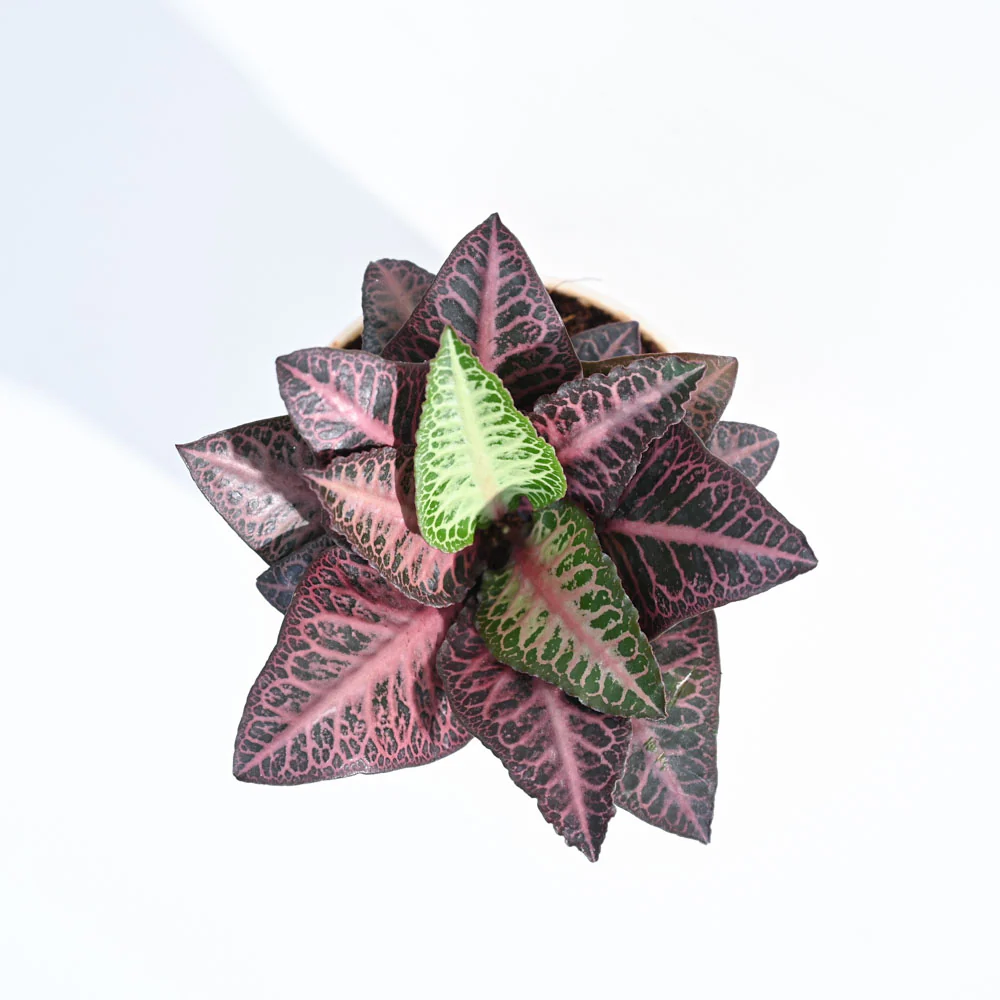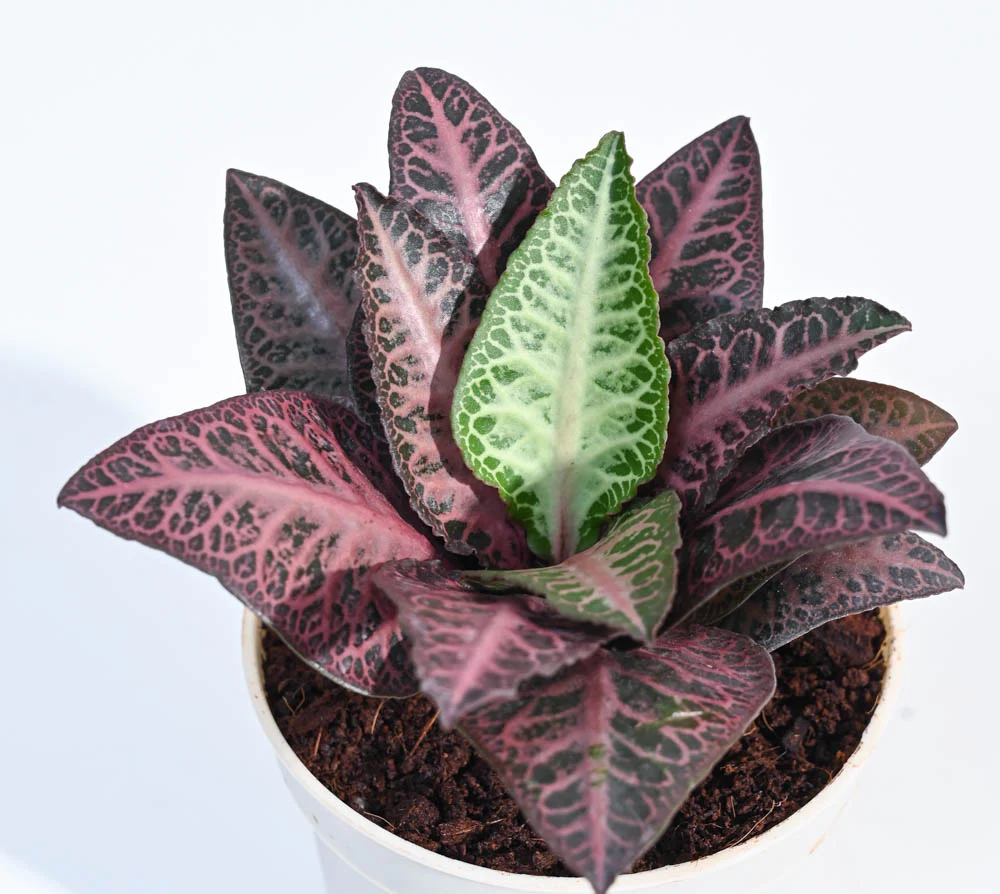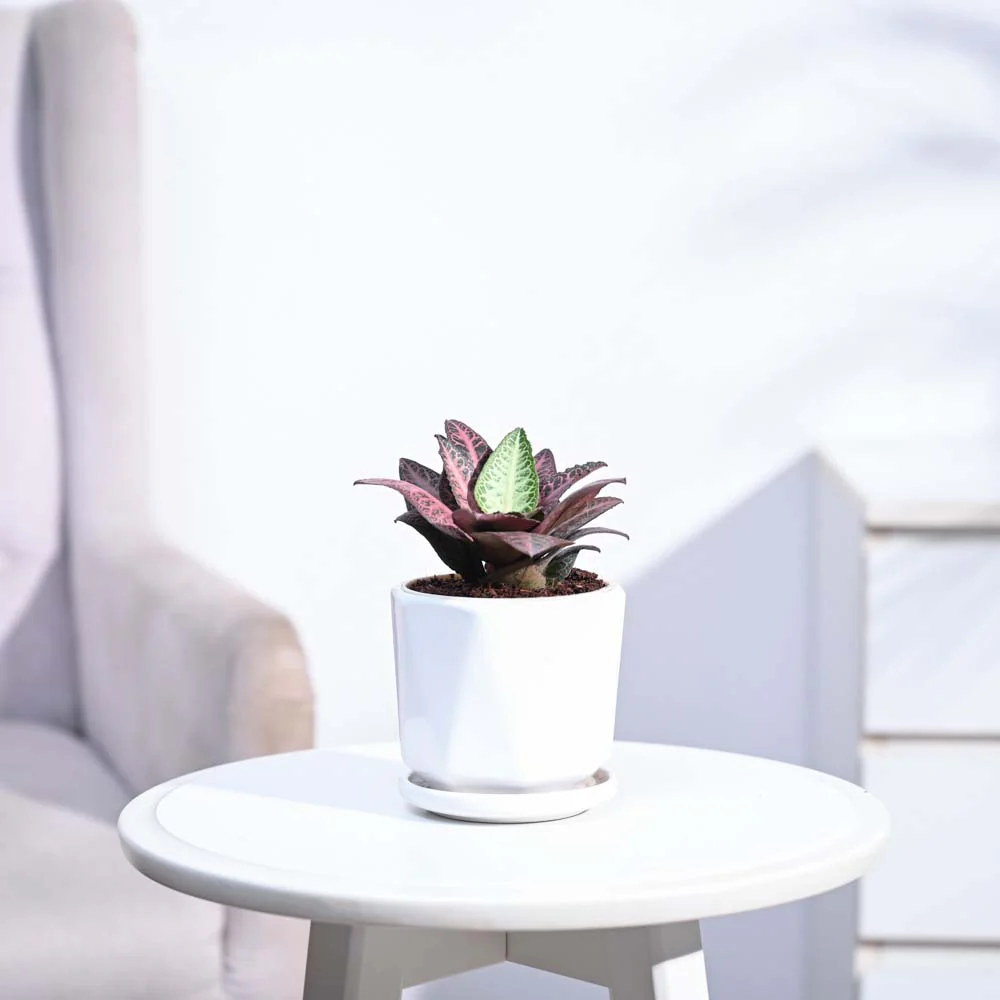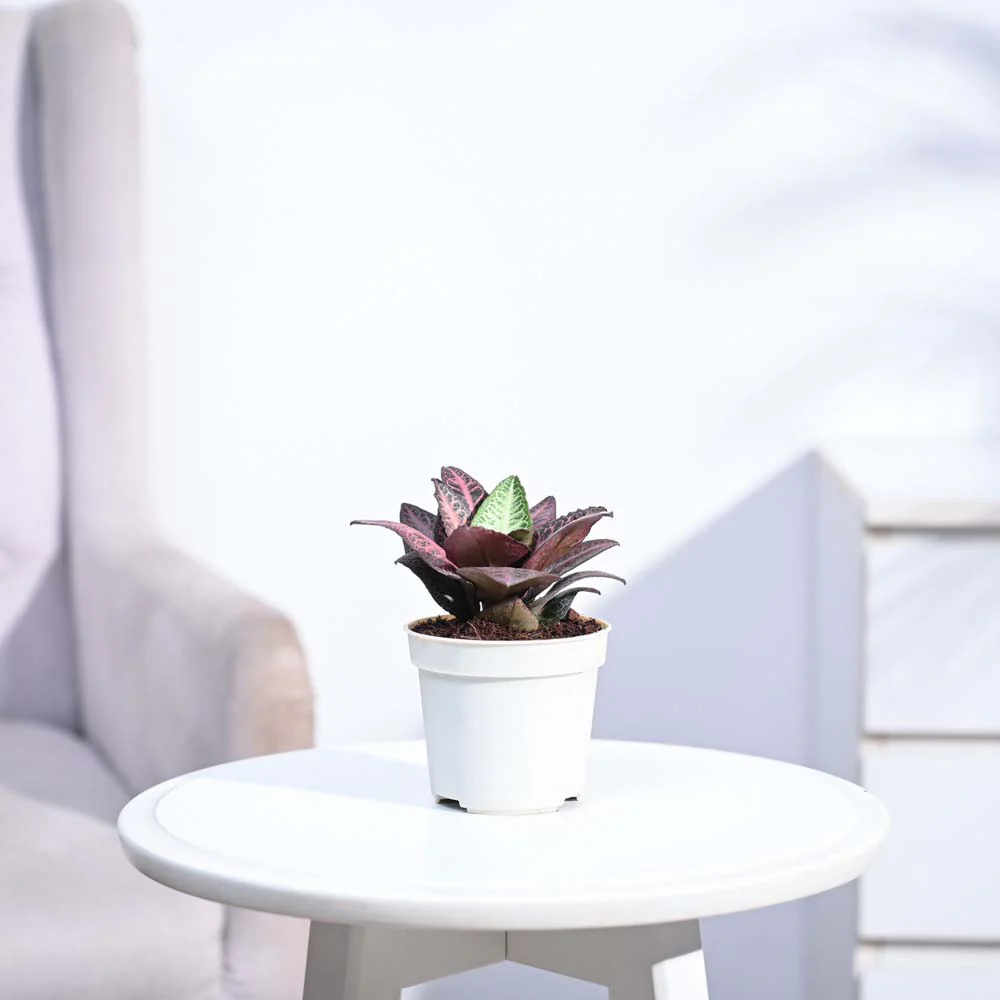The Peace Lily is a popular indoor plant known for its dark green leaves and elegant white flowers. Native to tropical regions, it’s cherished for its beauty, air-purifying qualities, and low-maintenance care.
Known to be wonderfully unpredictable, the Euphorbia Hybrid plant is an absolute stunner indoors and outdoors. With every leaf being more unique than the last, the distinctive feature of this beautiful plant is that no two leaves can ever be the same. Every leaf that grows has a different pattern and color, and you just cannot predict what the next one is going to be! Additionally, as a low-growing succulent, the Hybrid Euphorbia is easy to grow, making it fit for new and experienced gardeners alike!





Subscribe our newsletter
© Copyright 2024 | PlantUncle By Eaglemedia360.com